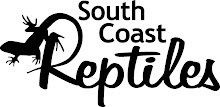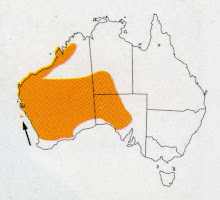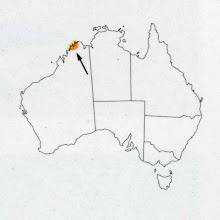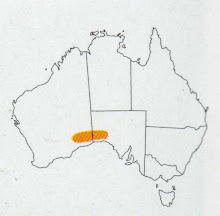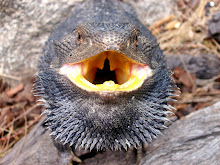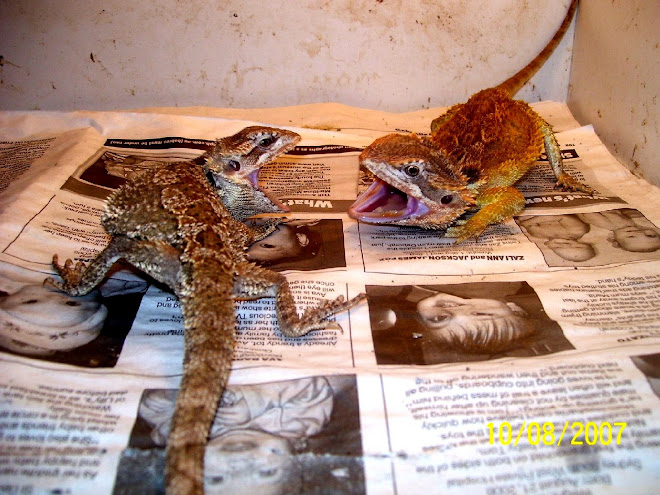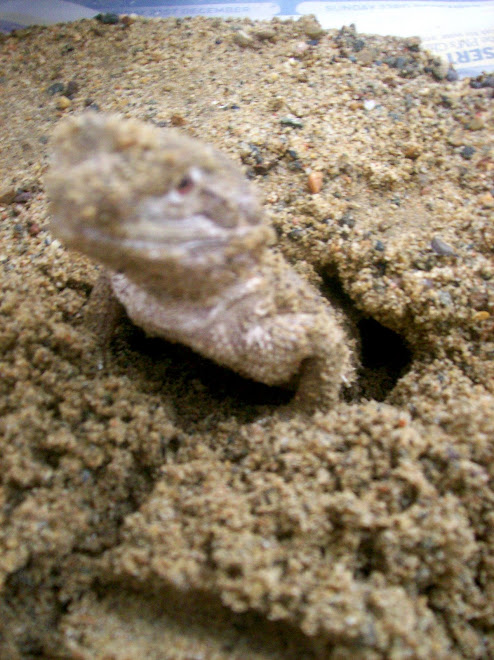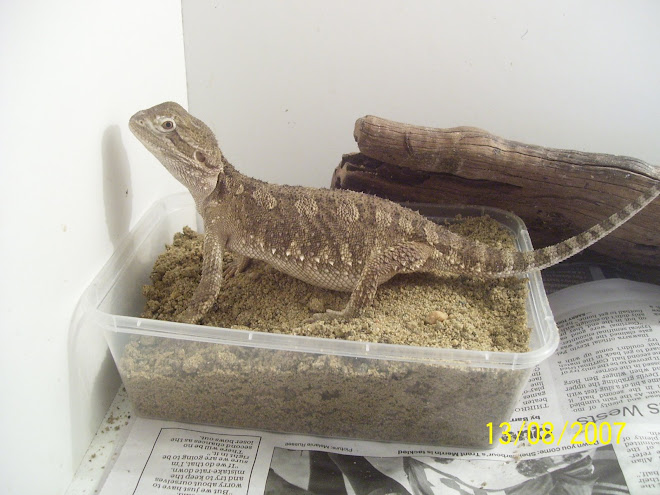Known as Beardies this species is probably the most kept Lizard in captivity In Australia and also possible the USA
It is all so one of the best first lizards to start off you collection due to it easy going nature and
easy husbandry care and maintenance of the enclosure.
I have kept P. barbata ,P .vitticeps,P.minor mitchelli,P.henrylawsoni,P.minor minima and P.minor minor and have found P. mitcheli to be the best of all , a very sociable lizard but on a class 2 licence in NSW, with P minor minima the hardest and the shyest.
Bearded Dragon Growth Lenght
Central bearded dragon (Pogona Vitticeps) SVL 250mm
Eastern bearded dragon (Pogona Barbata) SVL 250mm
Lawsoni bearded dragon (Pogona Henry Lawsoni) SVL 150mm
Western Dwarf bearded dragon (Pogona Minor Minor) SVL 150mm
North West bearded dragon (pogona Minor Mitchelli) SVL 165mm
Nullarbor beaded dragon (Pogona nullarbor) SVL 140mm
Western beaded dragon (Pogona minor minima)SVL 150mm
Kimberly bearded dragon (Pogona microlpedidota)SVL 175mm
Eastern bearded dragon (Pogona Barbata) SVL 250mm
Lawsoni bearded dragon (Pogona Henry Lawsoni) SVL 150mm
Western Dwarf bearded dragon (Pogona Minor Minor) SVL 150mm
North West bearded dragon (pogona Minor Mitchelli) SVL 165mm
Nullarbor beaded dragon (Pogona nullarbor) SVL 140mm
Western beaded dragon (Pogona minor minima)SVL 150mm
Kimberly bearded dragon (Pogona microlpedidota)SVL 175mm
Breeding
Breeding is done in the warmer month with introducing males to females in the spring.
after there cooling period of 2 to 3 months this cooling period is called Brumation.
Food should be offered more often when breeding and more calcium for the females to ensure healthy eggs.
When ready to breed the male will start to head bob , waving of arms and chasing the female around the enclosure then biting her on the back of her neck in an aggresive maner this is not fighting so dont sepperate them.
A good deep sand box should be add to the enclosure for her to lay her eggs.
after there cooling period of 2 to 3 months this cooling period is called Brumation.
Food should be offered more often when breeding and more calcium for the females to ensure healthy eggs.
When ready to breed the male will start to head bob , waving of arms and chasing the female around the enclosure then biting her on the back of her neck in an aggresive maner this is not fighting so dont sepperate them.
A good deep sand box should be add to the enclosure for her to lay her eggs.
Behaviour
Bearded Dragons are a terrestrial, semi arboreal lizard and need branches to climb and a basking area to bask 29c to 34c.
Bearded Dragons are often found while driving through the country on fence post or gravid females soaking up the heat from the road.
When confronted they will ofter throw there beards out and turn black to frighten off an intruder.
They are an omnivorous eating flowers and insects.
Bearded Dragons are often found while driving through the country on fence post or gravid females soaking up the heat from the road.
When confronted they will ofter throw there beards out and turn black to frighten off an intruder.
They are an omnivorous eating flowers and insects.
Water
Water should always be provided for drinking as well as Misting as dragons like to lick up water droplets and spray the water dish so as to make the water move for hatchlings.
Some Bearded dragons like to soak in there water dish so a good size dish is requried
Some Bearded dragons like to soak in there water dish so a good size dish is requried
Diet & Supplements
Hatchlings NEVER give Meal Worms.Woodies or feeder roaches, crickets, vegetables,
small crickets and Vegetables( not Iceberg Lettuce).
Pumpkin, squash, capsicum, tomato’s mixed fruit and corn are some of the
Veggies, daisy and dandelions flowers also Pinky mice are also good for pregnant females to put on weight after laying eggs, also there are a few commercial bearded dragon food,
I have found the ones with colour, reds and green work best.
I like to feed my woodies on moist carret just before feeding them to the dragons so they get fluid from ther feed.
Supplements
Dusting as it is known, food dusted with calcium or vitamin powder is a must for a good healthy beardy every second feed.
This can be done by putting the food in a contaner or bag and adding a small amount of either
calicum or vitamin powder and giving a shack to mix the food with the powder
small crickets and Vegetables( not Iceberg Lettuce).
Pumpkin, squash, capsicum, tomato’s mixed fruit and corn are some of the
Veggies, daisy and dandelions flowers also Pinky mice are also good for pregnant females to put on weight after laying eggs, also there are a few commercial bearded dragon food,
I have found the ones with colour, reds and green work best.
I like to feed my woodies on moist carret just before feeding them to the dragons so they get fluid from ther feed.
Supplements
Dusting as it is known, food dusted with calcium or vitamin powder is a must for a good healthy beardy every second feed.
This can be done by putting the food in a contaner or bag and adding a small amount of either
calicum or vitamin powder and giving a shack to mix the food with the powder
Lighting & Heat
One of the most important features of an indoor enclosure
Is a UVB full spectrum light (this is not a heat source.)
But provides UVB rays or wavelengths similar to that of the sun, which will help against Metabolic Bone Disease and help with the growth for a healthy hatchling,
It must be placed no more than 30cm from base of enclosure or the basking area,
As the further away the weaker the wavelength is.
Dragons require another form of heat source,
Either a heat mat or basking light both should be control by a thermostat, with a part of the enclosure cooler than the other.
You can never under estimate the true value of natural sunlight.
Is a UVB full spectrum light (this is not a heat source.)
But provides UVB rays or wavelengths similar to that of the sun, which will help against Metabolic Bone Disease and help with the growth for a healthy hatchling,
It must be placed no more than 30cm from base of enclosure or the basking area,
As the further away the weaker the wavelength is.
Dragons require another form of heat source,
Either a heat mat or basking light both should be control by a thermostat, with a part of the enclosure cooler than the other.
You can never under estimate the true value of natural sunlight.
Subscribe to:
Posts (Atom)
